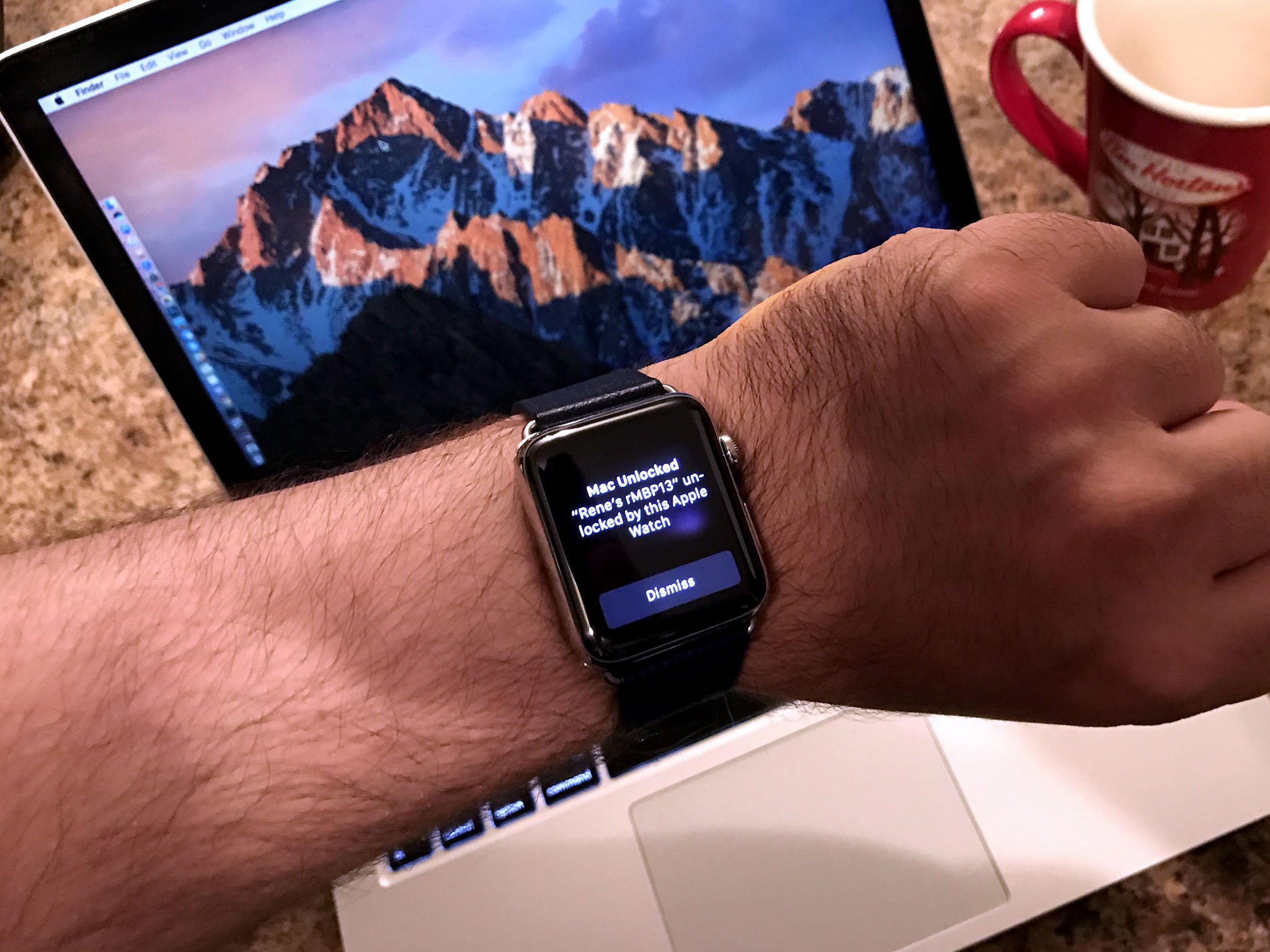

- #NETWORK WATCH FOR MAC FOR MAC#
- #NETWORK WATCH FOR MAC MAC OS X#
- #NETWORK WATCH FOR MAC PASSWORD#
- #NETWORK WATCH FOR MAC MAC#
#NETWORK WATCH FOR MAC MAC#
Verify the removal with your Mac password. Select it and press the remove-button below it. Open them and see if you can locate a profile named "eduroam". If "Profiles" is visible, there are installed profiles.
#NETWORK WATCH FOR MAC PASSWORD#
This is the username and password you use locally on your computer (the one you use when installing a program). Your computer will now ask you for a username and password.

Now a window will appear asking for certification authentication, click Show Certificate. Username: Enter your NTNU-username in this format: Password: The password you normally use with your account.Choose Eduroam from the list.Ī window will appear asking for your username and password. If Wi-Fi is turned off, turn it on in the same menu. Click on the wireless symbol in the top right corner. To connect to the wireless internet at NTNU you need to either be on campus or some areas in town so your machine can find the network called Eduroam. If the program fails please follow the steps below to connect to Eduroam. The program will know which operating system you are using.
#NETWORK WATCH FOR MAC MAC OS X#
This program works for Windows 7, Windows XP, Linux Ubuntu, Mac OS X and iPhone. NTNU has a program that will automatically set up Eduroam for you.
#NETWORK WATCH FOR MAC FOR MAC#
Watch instructional video eduroam for Mac Automatic setup # Topic page about IT-services | Pages tagged with wireless Mac 911 cannot reply to email with troubleshooting advice nor can we publish answers to every question.Norsk versjon - Koble til trådløstnett med Mac We’re always looking for problems to solve! Email yours to including screen captures as appropriate. Setting this order means no mucking about when your network conditions change. Likewise, if you’ve unplugged from ethernet, you’d prefer Wi-Fi, but if that’s not available either, you want to use your iPhone’s hotspot. When you’re plugged into ethernet, you don’t want to have to turn Wi-Fi, so you set ethernet as the first item in the Service Order. The most likely scenario for this is cascading an ethernet, Wi-Fi, and iPhone USB connection with a laptop. Click the gear icon and then select Set Service Order, and you can drag interfaces around in the priority you want OS X to use them when they’re available and connected. You can pick the order that OS X consults network interfaces.īut you can choose the order in which OS X access your local network and the Internet. (You can select any interface, click the gear icon, and choose Make Service Inactive to disable it.) OS X automatically sorts network interfaces in the Network system preferences pane in the order of first “connected” interfaces (ones with an active signal and IP address), then disconnected ones, and finally those marked inactive.

(You may want Wi-Fi active at all times so you can take advantage of Continuity features that require Wi-Fi, and to use AirDrop.) A few years ago, OS X would balk at this but since Mavericks (10.9), I’ve kept both active. Typically, they won’t conflict, even if you have two or more interfaces connected to the same network, such as Wi-Fi and ethernet. The Network system preferences pane lets you activate multiple interfaces at once, and see the status of all network connections. They can be “real” in the sense of directly corresponding to physical hardware that’s part of or attached to a Mac, or “virtual,” as is the case with VPNs (virtual private networks). OS X is a well-designed modern operating system that for many releases has let you have multiple active network interfaces.

Just curious, is it a benefit or a deficit or is it neutral to have both connections active at the same time?ĭon (and Don really exists, I didn’t invent him, I swear), that’s a great area to discuss. Somewhere along the line I had to turn on my WiFi as well. I have an ethernet connection to my FiOS modem/router and it works great. Don Smith asks a wonderful leading question on networking in OS X:


 0 kommentar(er)
0 kommentar(er)
